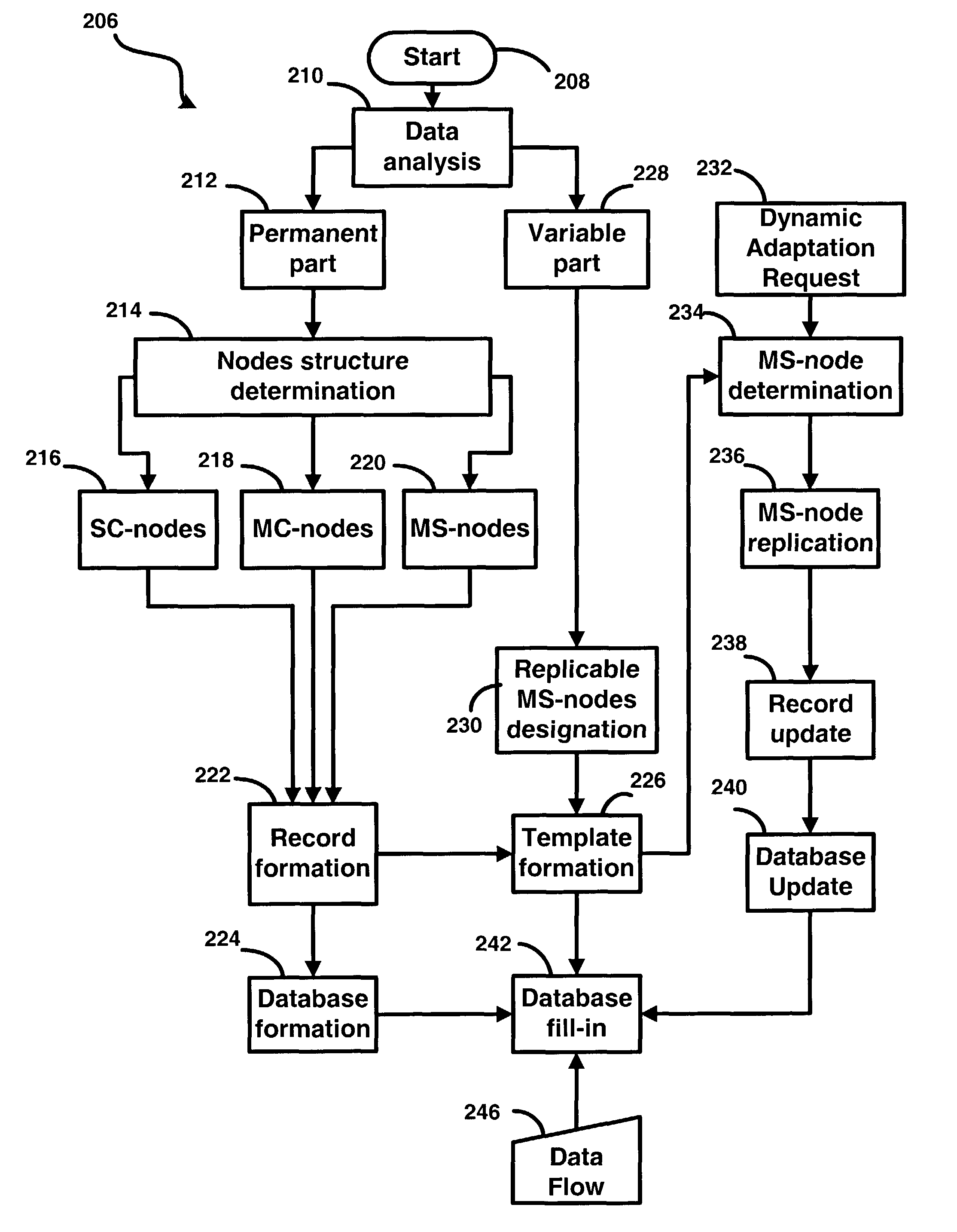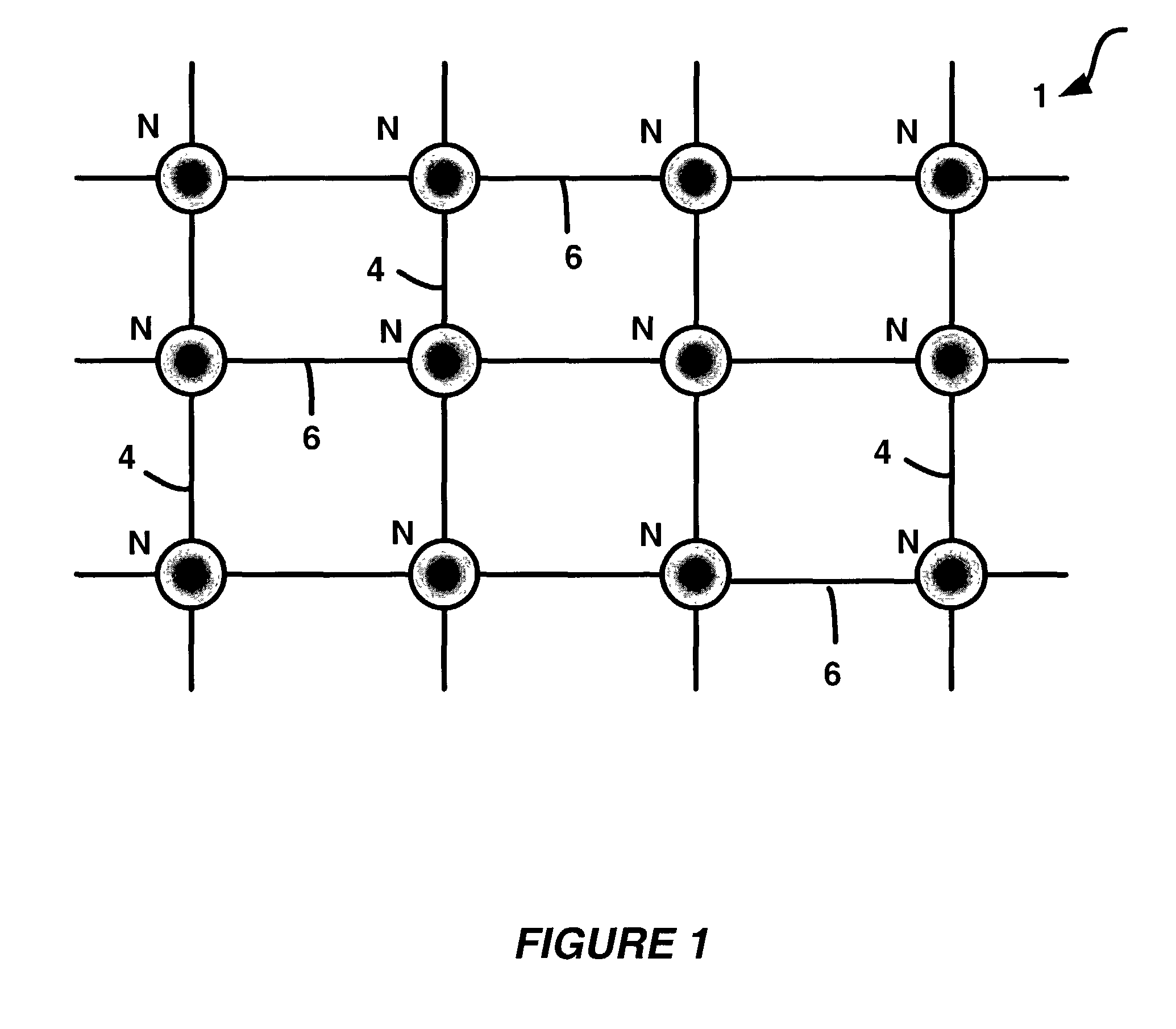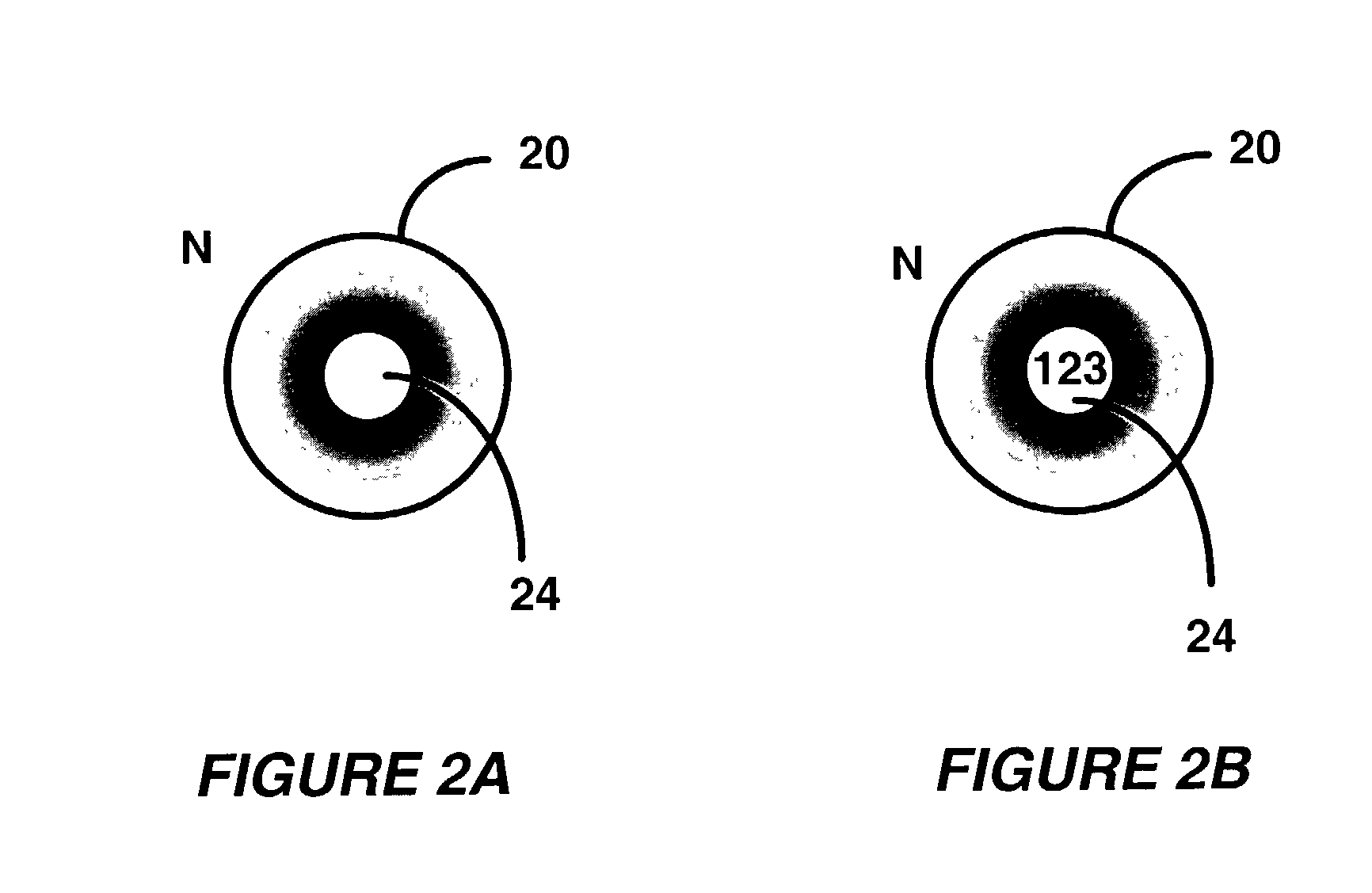Computer database with adaptive storage space architecture
a technology of storage space and computer database, applied in the field of computer database, can solve the problems of inability to store complex data in tables, inability to adapt to changing data structures, and inability to achieve the exact structure of the table(s)
- Summary
- Abstract
- Description
- Claims
- Application Information
AI Technical Summary
Benefits of technology
Problems solved by technology
Method used
Image
Examples
example 1
[0206]An enterprise creates a database of inventions made by its employees. The information to be stored in the database is as follows:[0207]1. Reference number of the file assigned for internal purposes;[0208]2. Reference number of the file assigned for external purposes;[0209]3. Title of the invention;[0210]4. Last, first and middle names of the inventor;[0211]5. Citizenship of the inventor;[0212]6. Address of the inventor;[0213]7. Patent award paid to the inventor; and[0214]8. The date when the award was paid.
Currently, there is only one invention made by two employees, to enter in the database:[0215]Title: Optical device[0216]Internal reference number: 1234[0217]External reference number: 5432[0218]Name address and citizenship of the 1st inventor: Smith, John Walter; 5 Nadia Lane, Kanata, Ontario K2M 4G9 Canada; Canadian;[0219]Award: $1,000 received on Mar. 10, 2002.[0220]Name, address and citizenship of the 2nd inventor: Collier, Allan Craig; 6 Flower Road, Nepean, Ontario N2P ...
PUM
 Login to View More
Login to View More Abstract
Description
Claims
Application Information
 Login to View More
Login to View More - R&D
- Intellectual Property
- Life Sciences
- Materials
- Tech Scout
- Unparalleled Data Quality
- Higher Quality Content
- 60% Fewer Hallucinations
Browse by: Latest US Patents, China's latest patents, Technical Efficacy Thesaurus, Application Domain, Technology Topic, Popular Technical Reports.
© 2025 PatSnap. All rights reserved.Legal|Privacy policy|Modern Slavery Act Transparency Statement|Sitemap|About US| Contact US: help@patsnap.com



